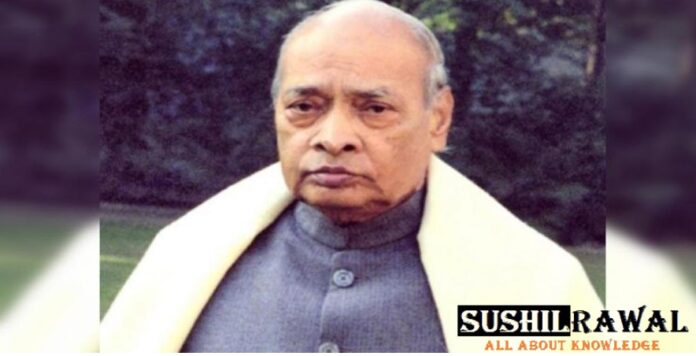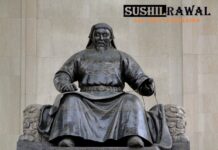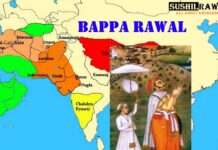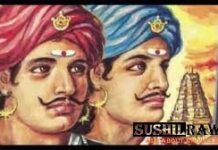Birthday: June 28, 1921
Nationality: Indian
Died At Age: 83
Sun Sign: Cancer
Also Known As: Pamulaparti Venkata Narasimha Rao
Born In: Karimnagar
Famous As: Prime Minister Of India
P. V. Narasimha Rao was an Indian politician who served because the 10th Prime Minister of India. Under his administration several major economic reforms were implemented which led to the dismantling of the License Raj, opening up the Indian economy for quick economic development and growth. due to this he’s often mentioned because the “Father of Indian Economic Reforms”. The dismantling of the License Raj was a serious milestone within the history of Indian economics because it reversed the socialist policies adopted by the successive Indian governments after the independence and paved the way for India to be a lively participant within the wave of globalization which was sweeping through the planet. together with his brilliant administration and relentless actions aimed towards the country’s development, he rescued India from an economic collapse and set the pace for recovery and growth. additionally, to his visionary leadership, he’s also famous for being the primary Prime Minster hailing from non-Hindi-speaking south India. He was a multi-faceted personality who was also a scholar and an intellectual; he spoke 17 languages and had interests in varied subjects like programming and literature.
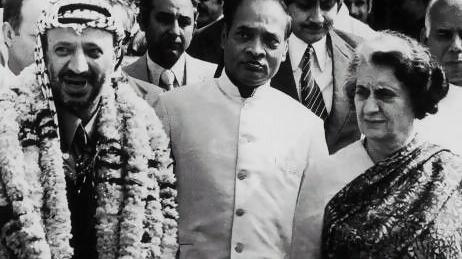
He was born on 28 June 1921 during a village in Warangal District, now in Telangana. He was adopted at the age of three by P. Ranga Rao and Rukminiamma, who hailed from agrarian families. His full name was Pamulaparti Venkata Narasimha Rao.
After completing his schooling he enrolled at the humanities college at the Osmania University from where he earned his Bachelor’s degree. He continued his studies at the Hislop College where he completed a Master’s degree in law.
Freedom struggle was at its peak during the 1940s, and Rao, a fanatical patriot trained to be a guerrilla fighter to revolt against the Nizam who ruled Hyderabad at that point .
He fought a grueling war against the Nizam, risking his life as he strained to evade getting killed by the Nizam’s army. Even on 15 August 1947—the day India became independent—he was fighting during a forest.
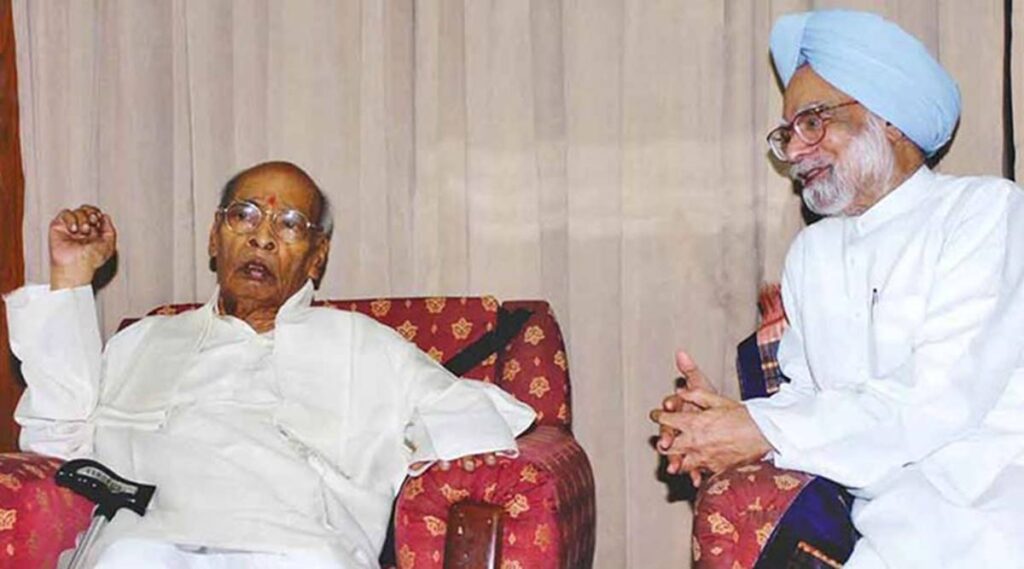
He survived the war and joined politics after independence. He served within the Andhra Pradesh legislature from 1957 to 1977. He was a staunch supporter of Gandhi.
From 1962 to 1973 he held various ministerial positions within the Andhra Pradesh government, serving because the Chief Minister of Andhra Pradesh from 1971–73.
He was elected to Lok Sabha (lower house of parliament) in 1977. He handled diverse portfolios within the cabinets of both Gandhi and Rajiv Gandhi, including that of secretary of state (1980–84, 1988–89).
He was getting to leave politics but the assassination of the Congress President Rajiv Gandhi in 1991 made him rethink his decision. The Congress Party chose Rao as its leader and after the 1991 general elections, he became India’s Prime Minister.
Indian economy was browsing a crisis when he took over the reigns because the Prime Minister and he immediately set about implementing progressive reforms. He aimed toward reducing the fiscal deficit, privatization of the general public sector and increasing investment in infrastructure.
Rao chose Manmohan Singh, an acclaimed economist, as his minister of finance , who helped him in implementing the reforms. The SEBI Act of 1992and therefore the Security Laws (Amendment) were introduced under his administration.
Some of Rao’s reforms included opening India’s equity markets to investment by foreign institutional investors and starting the National stock market as a computer-based trading system in 1994.
As a major Minister, Rao made significant achievements and set the pace for the country’s speedy development. He energized the national nuclear security and ballistic missiles program, made diplomatic overtures to Western Europe, the us, and China, and neutralized Kashmir separatist movement.
But his tenure was also marked by the allegations of corruption. He was charged with corruption and bribery in an alleged vote-buying scam dating back to 1993 when Rao’s government was facing a no-confidence motion.
In the 1996 general elections the Congress Party was voted out by the Indian electorate and he stepped down as prime minister in May 1996
In 2000, an inferior court found Rao guilty of bribing the Jharkhand Mukti Morcha (JMM) MPs to save lots of his government in 1993, and sentenced him to 3 years in prison. Rao got the bail and appealed to Delhi supreme court against the decision. In 2002, Delhi supreme court acquitted him of the charge.
He is best remembered for bringing about economic reforms within the country while serving because the Prime Minister. Working alongside the Finance Minster, Manmohan Singh, he introduced several measures including cutting government regulations and bureaucratic procedure, abandoning subsidies and glued prices, and privatizing state-run industries, which ultimately revitalized the economy of India.
He was married to Satyamma and had eight children with her—three sons and five daughters. His wife died in 1970, leaving him a distraught widower for the remainder of his life.
He was a scholar who spoke 17 languages and had a profound interest in literature. He was a prolific reader and wrote fiction in Telugu, Marathi, and Hindi. He had also once served because the chairman of the Telugu Academy in Andhra Pradesh (1968–74)He suffered an attack on 9 December 2004 and died 14 days afterward 23 December 2004, at the age of 83.

